African green leafy vegetables (mboga za kienyeji)
Nutritious Treasures of Kenya: Sustaining Health and Heritage
Growing up in Kisumu, my staple meal was ugali, African green leafy vegetables mboga za kienyeji, and beans. As a child, I often associated this simple meal with poverty and dreamed of providing my future family with what I thought were "better" options—foods like rice, chapatis, or blueband margarine on bread. After spending two decades in the USA and becoming a mother, I’ve come to realize just how fortunate I was to have access to such nutrient-rich, locally sourced foods. Kenyaindigenous meals are not only incredibly nutritious and well-suited to our environment but also a vital part of our heritage that deserves to be cherished and preserved.
I can confidently affirm that African green leafy vegetables mboga za kienyeji are nutrient powerhouses, packed with vital vitamins, minerals, and bioactive compounds. These vegetables offer potent antioxidant, anti-inflammatory, and anticancer properties, making them essential for preventing and managing noncommunicable diseases. Including these mbogas in our diet can significantly contribute to improved overall health and resilience against lifestyle-related conditions.

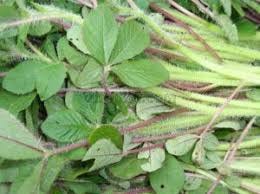

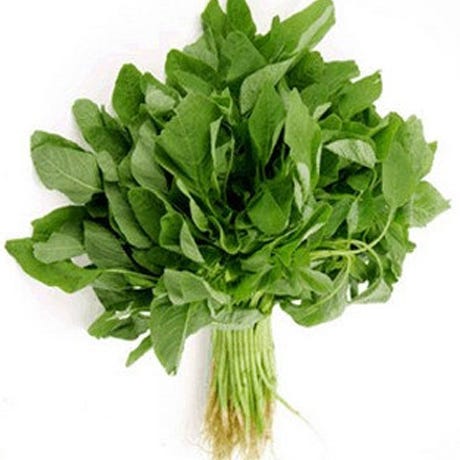
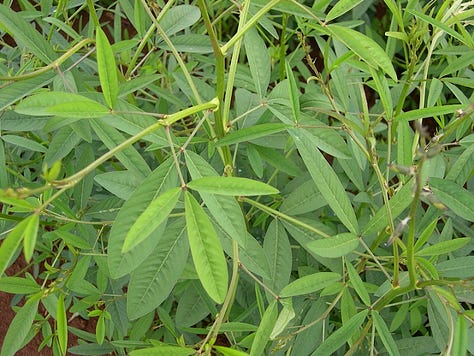
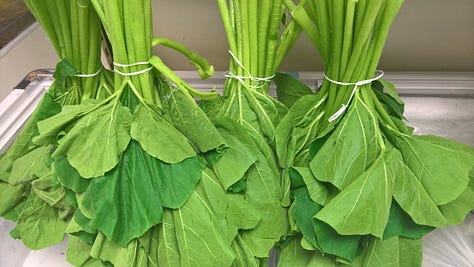

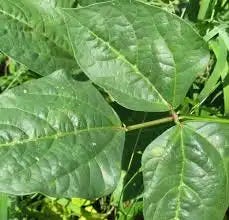
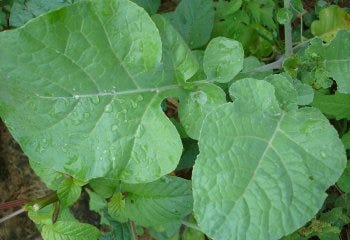
1. Jute Mallow (Mrenda/Mrere)
Nutritional Value:
Jute Mallow is rich in Vitamin A, which improves eyesight, and Vitamin B6 and folate, which help prevent eye disorders. It is also high in dietary fiber, aiding digestion. Additionally, it is known for regulating menstrual cycles, especially when irregular.Cultural Use:
A staple in many Kenyan households, Mrenda is typically prepared as a slimy stew, often flavored with milk, cream, or ghee. It is a popular accompaniment to ugali (a maize flour dish). Its unique texture makes it a favorite among older generations, symbolizing traditional Kenyan cooking.
2. Spider Plant (Tsaga/Sagaa, Mwangani, Thageti, Tsisaka, Alot-dek, Saget, Chinsaga, Mwianzo)
Nutritional Value:
Spider Plant is a rich source of essential amino acids such as valine, lysine, and methionine, and minerals like calcium, iron, and zinc. It supports strong bones, a healthy metabolism, and immunity.Cultural Use:
Often grown in kitchen gardens, it is a resilient vegetable that thrives even in dry conditions. Tsaga is frequently boiled and mixed with other vegetables or used as a side dish. In some communities, it is considered a "healing plant" due to its nutritional richness and is often fed to recovering patients.
3. Amaranth (Terere, Mchicha, Lidodo, Ododo )
Nutritional Value:
Terere provides protein, fiber, manganese, magnesium, and iron, making it a great option for muscle growth, bone strength, and digestive health.Cultural Use:
A common vegetable in Kenyan culture, Terere is often associated with rural diets and is highly valued for its ease of cultivation. It is typically sautéed with onions and tomatoes and served with ugali. It also plays a role in reducing malnutrition in low-income areas.
4. Black Nightshade (Managu, Osuga, Rinagu)
Nutritional Value:
Managu is packed with folic acid, vitamins A, B, C, and beta-carotene, boosting immunity and supporting iron absorption.Cultural Use:
Widely eaten across Kenya, Managu has a slightly bitter taste that is often balanced with milk or other vegetables. It holds medicinal value in traditional practices and is believed to detoxify the body. The vegetable is popular among expectant mothers for its folic acid content.
5. Sunn Hemp (Miroo)
Nutritional Value:
Mitoo contains beta-carotene, vitamin A, iron, and zinc, promoting immunity, skin health, and blood pressure regulation.Cultural Use:
This vegetable is integral to traditional dishes in communities such as the Kikuyu and Luhya. It is often cooked with mild spices and served alongside starchy foods. Its nutritional value makes it a vital part of meals for children and the elderly.
6. Malabar Spinach (Nderema, Kieema, Murerema, Tsinderema, Nderma, Demra, Ndelema)
Nutritional Value:
Rich in iron and vitamin A, Nderema boosts energy and restores health, particularly for children and pregnant women.Cultural Use:
Common in coastal and rural regions of Kenya, Nderema is used in traditional dishes for its restorative properties. It is often cooked with coconut milk for a creamy stew, especially in Swahili cuisine.
7. Ethiopian Kale (Kanzira, Chinkongonyira, Likabichi lya Manyonyi, Kandhira Kanzira-Sukuma)
Nutritional Value:
Kanzira is laden with nutrients like magnesium, potassium, beta-carotene, and dietary fiber, which support bone health, digestion, and overall vitality.Cultural Use:
A less commonly cultivated vegetable, Kanzira is often foraged and valued for its wild and organic nature. It is part of subsistence farming practices and prepared simply, highlighting its earthy flavor.
8. Pumpkin Leaves (Kahurua, Budho, Malenge, Lisebebe, Risosa, Ulenge; Kahurura, Kanyuria, Boga, Malenge)
Nutritional Value:
Pumpkin leaves are high in vitamins A, C, E, B2, and K, supporting hair, teeth, bones, and skin health. They also provide calcium, iron, and potassium, aiding chronic disease prevention.Cultural Use:
In Kenyan households, Kahurua is valued not only for its nutritional benefits but also for its sustainability—being a byproduct of pumpkin farming. It is prepared as a stew or added to soups and is a common part of traditional dishes for children.
9. Cowpea Leaves (Kunde, Thoroko, Likhuvi, a lot-bo, Nthooko, Egesare)
Nutritional Value:
Kunde contains vitamins A and C, along with polyphenols, which have antioxidant and anti-inflammatory properties. It aids in skin repair and reduces signs of aging.
Cultural Use:
Kunde is a beloved vegetable in many Kenyan homes and is often served with ugali or rice. It holds cultural significance during festive seasons, symbolizing abundance and health. It is especially popular in western and coastal regions.
In conclusion, African green leafy vegetables are far more than just staples of Kenyan cuisine—they are a treasure trove of nutrition and a testament to the resilience and wisdom of our agricultural heritage. From Jute Mallow (Mrenda) to Cowpea Leaves (Kunde), these vegetables offer a wide range of health benefits, from boosting immunity to preventing chronic diseases. Their adaptability to our environment and their cultural significance make them invaluable in fostering a healthier, more sustainable future.
I like to say that food is medicine and sometimes its is safe to treat ourselves with safe herbs for minor problems vs using over the counter medications Herbal Actions
As we rediscover the value of these traditional foods, it is crucial to integrate them into modern diets and share their importance with future generations. By embracing mboga za kienyeji, we celebrate not only their nutritional power but also their role in preserving our identity and connection to the land. Let’s continue to champion these indigenous vegetables, ensuring their legacy as both a health resource and a symbol of Kenya's rich culinary tradition.








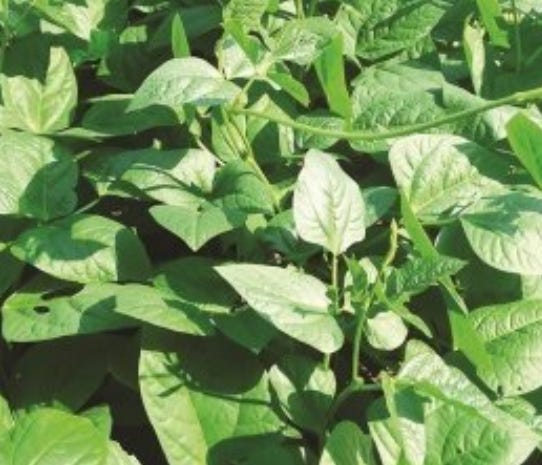
In my analysis, Kenya has one of the world's lowest rates of early deaths of noncommunicable diseases (ages 15-69 years old, e.g., heart, lung, kidney, liver diseases, cancers, etc). By comparison, the US has about 1190 early deaths of noncommunicable diseases/year compared with Kenya 958/100k/year
Twenty countries
with NCDs of
<1070.2 deaths
/100,000/year and
animal foods of
<400 cal/d, n=416 cohorts,
means m/f NCDs Non-cancer Cancer
NCDs NCDs Animal foods Healthy sodium Smoking
plant foods prevalence
Kenya 958/100k/year 579/100k/year 152/100k/year 150 cal/d 297 cal/d 2.06 g/day 12%
The EAT-Lancet Commission’s Planetary Health Diet Compared With the Institute for Health Metrics and Evaluation Global Burden of Disease Ecological Data Analysis
https://pmc.ncbi.nlm.nih.gov/articles/PMC10325883/